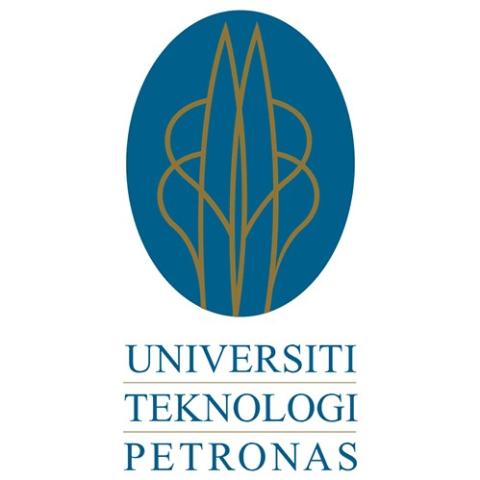
Implementing project-based learning: a practical guide
The term “project-based learning” (PBL) is more than just a buzzword. This phenomenon represents a significant shift in educational methodology that is fundamentally reshaping our approach to the processes of teaching and learning. PBL moves students from being passive recipients of knowledge to engaged participants who actively analyse and evaluate information. The approach encourages critical thinking skills by bridging the gap between the theories taught in academia and their practical application in real-world scenarios. This helps students actively engage with the subject matter, ultimately resulting in a deeper and more thorough comprehension of the subject.
What is PBL?
The increasing interconnectedness of the world has led to a growing need for people who can think creatively and generate innovative solutions to complex challenges. Conventional methods of education are no longer seen as adequate in equipping students with the requisite degree of proficiency. PBL, however, integrates theory and practice, believing that students will gain deeper knowledge through exploring real-world challenges and problems – and designing hands-on solutions to those problems.
- Real-world education: embracing project-based learning
- Using project-based learning to boost student motivation and engagement
- Flip the classroom to improve practical skills teaching
PBL provides students with a safe environment in which they can engage in experimentation, experience setbacks, acquire knowledge and achieve success. Students develop a proactive approach to learning, equipping themselves to effectively address challenges and opportunities in an uncertain environment. PBL cultivates critical thinking skills, effective collaboration abilities, innovative approaches to problem-solving and a deep enthusiasm for learning. The availability of numerous resources, groups and digital technology facilitates the transition to PBL. These resources help lecturers in effectively managing PBL activities.
Implementation of PBL
Initiating PBL may appear daunting, yet the numerous advantages derived from the approach justify the challenges encountered. Let’s examine the essential procedures that must be undertaken to effectively integrate PBL within an educational setting.
1. Defining the project: creating the learning blueprint
The establishment of a robust project framework is crucial for the effective execution of PBL. Students should be furnished with a clear and understandable guide to adhere to, in the form of a blueprint, which encompasses the educational objectives, schedule of tasks, anticipated results and criteria for assessment.
Advice that can be implemented:
- Ensure that the objectives of the project align with the educational goals of the course and any applicable real-world contexts.
- Handle expectations – it is vital to precisely establish the project’s schedule, significant points of progress and final outcomes.
- Develop assessment criteria that encompass both the final outcome and the procedural aspects (the process) in order to foster an environment that facilitates comprehensive learning.
2. Facilitating collaborative efforts and group work
PBL is a collaborative educational approach that fosters diverse abilities, perspectives and ideas among students to address complex problems. It exemplifies the dynamics of cooperation required in real-world scenarios, underscoring the need for students to cultivate skills in this area.
Advice that can be implemented:
- In order to foster a sense of ownership and accountability, it is advisable to allocate duties that align with the unique talents of each student.
- Cultivate a team atmosphere that promotes open communication and inclusive decision-making protocols.
- Foster a culture that promotes mutual respect among individuals, valuing diverse perspectives and embracing constructive criticism as an integral part of the discourse.
3. Establishing a connection between theory and practice.
The unique power of PBL lies in its ability to integrate classroom theories with practical applications. This crucial linkage enhances the educational process by adding greater levels of engagement, pertinence and practicality in relation to real-life scenarios.
Advice that can be implemented:
- Ensure that the subjects of the projects align with the content addressed in the course and foster the utilisation of students’ theoretical understanding.
- Foster student engagement in reflective practices by offering them opportunities to establish links between their project experiences and their academic learning.
4. Promoting self-awareness and fostering critical thinking via feedback.
PBL is characterised by its reliance on the consistent provision of feedback and opportunities for reflection. This pedagogical approach encourages students to acquire knowledge through personal experiences, critically assess their own performance and engage in continual development.
Advice that can be implemented:
- It is advisable to incorporate periodic feedback loops throughout the duration of the project, affording students the chance to engage in reflection and iteration.
- One potential approach to enhance the learning experience and gain a deeper understanding of the project’s objectives is to integrate mechanisms for peer feedback.
5. Incorporating technology
The emergence of digital tech has introduced novel opportunities for the progression of PBL when said tech is incorporated into the experience. Students exhibit a higher level of preparedness for a future characterised by technological dominance. The integration of technology into educational settings promotes the development of digital literacy, nurtures creativity and stimulates innovation.
Practical advice that can be implemented:
- Utilise online collaboration tools for the purpose of project management and conducting research.
- To enhance the quality of project outputs, it is recommended to motivate students to utilise visualisation tools and software.
Conclusion: embracing the future with PBL
PBL is a promising approach for embracing the future. It places significant focus on the development of critical thinking skills, problem-solving abilities, collaborative work and fostering creativity, all of which enhance the acquisition of knowledge. Furthermore, it caters to all learning modalities, enabling all students to excel and demonstrate their understanding. PBL is a very beneficial approach that offers rewards to educators and learners alike. Facilitating students’ PBL endeavours and witnessing their acquisition of ideas, abilities and self-assurance is an immensely gratifying aspect of teaching.
Ibham Veza and Mohd Syaifuddin Mohd are lecturers in the department of mechanical engineering at Universiti Teknologi Petronas, Malaysia.
If you would like advice and insight from academics and university staff delivered direct to your inbox each week, sign up for the Campus newsletter.




